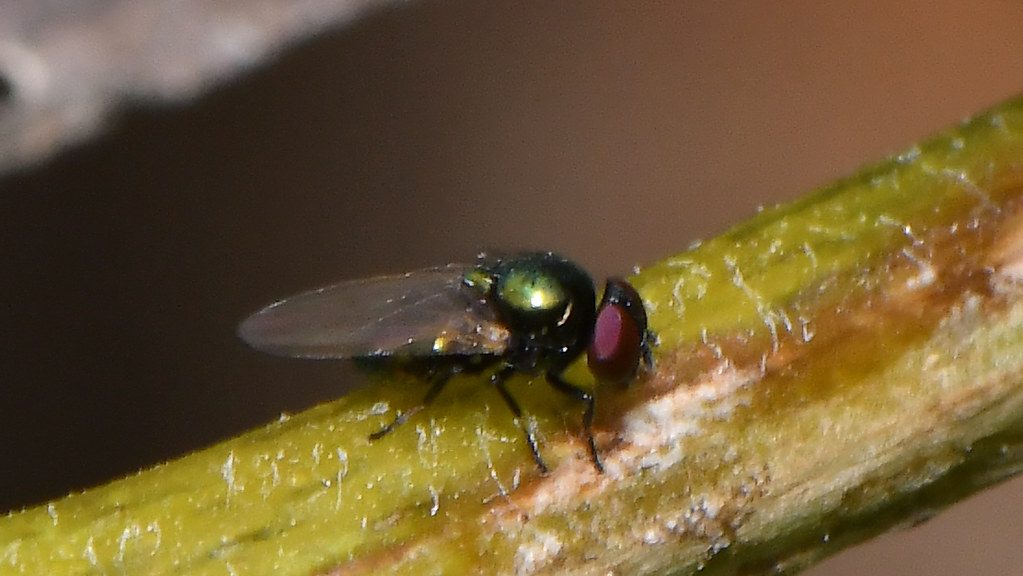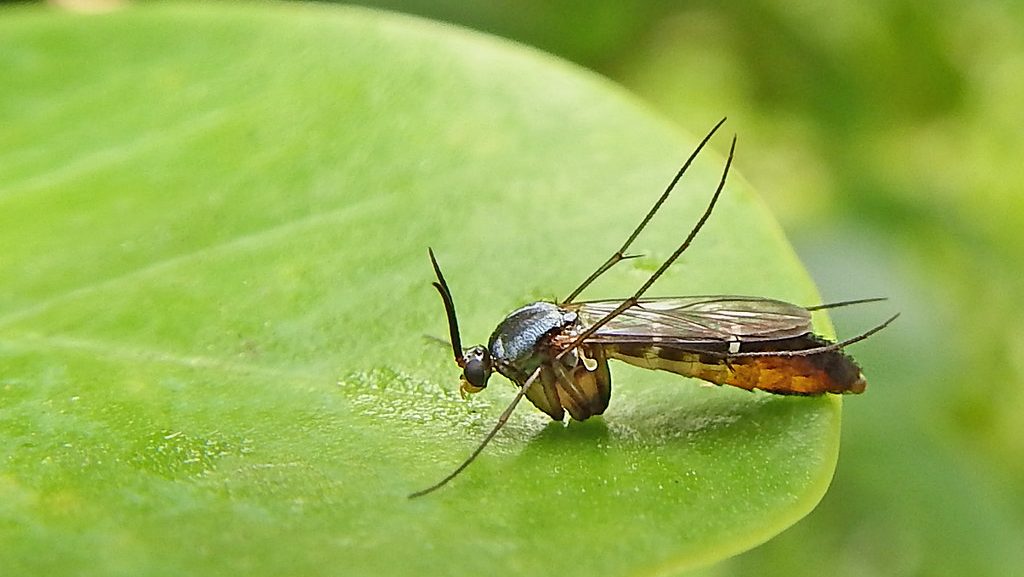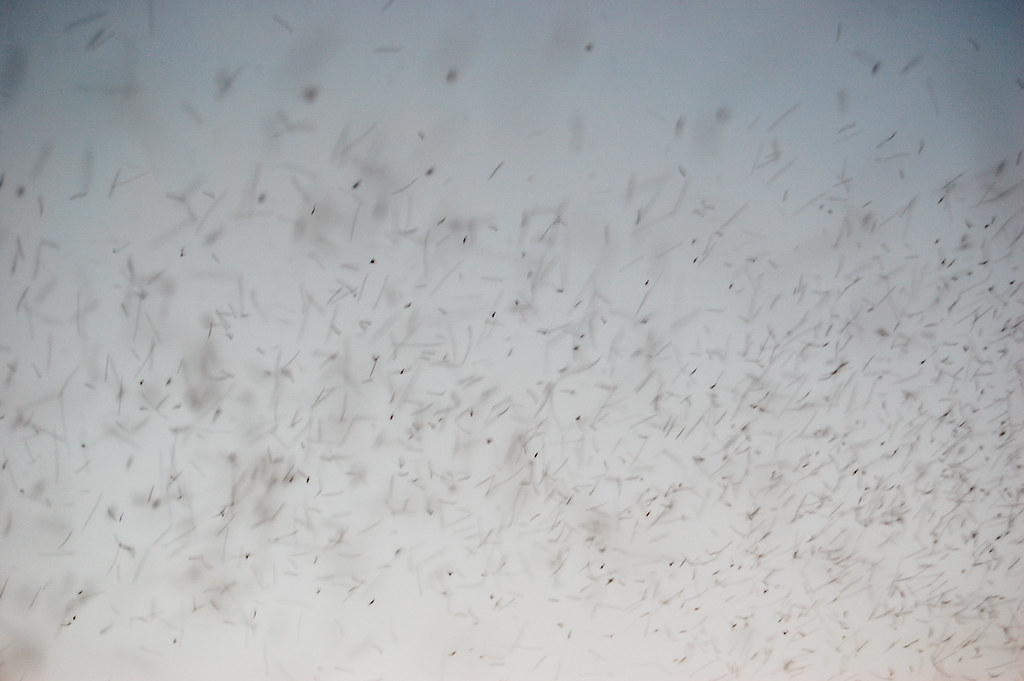Gnats are tiny pests that seem to appear out of nowhere, swarming around food, plants, and even your face. These little nuisances can be a big problem if left unchecked, but understanding what gnats are and where they come from can help you tackle them effectively. This guide explores the origins of gnats, what attracts them, and practical ways to prevent infestations.




 Prevention techniques might not be enough if you’re already dealing with a gnat infestation in your home. Our pest control professionals provide a customized solution to protect your home effectively. Get a free estimate!
Prevention techniques might not be enough if you’re already dealing with a gnat infestation in your home. Our pest control professionals provide a customized solution to protect your home effectively. Get a free estimate!

Where Do Gnats Come From?
Gnats typically thrive in warm and moist environments, making them common in areas with high humidity. Outdoor gnats are often found near decaying organic matter such as compost piles, rotting leaves, and damp soil. These locations provide an ideal environment for gnats to lay their eggs and development of larvae. Indoors, gnats can be attracted to overwatered houseplants, damp areas in the kitchen, or any place with standing water. Visit our Species, Control, and DIY Guide sections for additional resources on gnat and ways to tackle a gnat infestation. Gnats come from environments that provide them with food, moisture, and ideal breeding grounds. Their origin depends on the species:But They Often Emerge From
-
Potted Plants: Overwatered plants create a damp environment for fungus gnats to lay their eggs.
-
Food and Trash: Rotting fruits, vegetables, and uncovered food are prime attractants. Trash bins with food residue are also common breeding sites.
-
Drains: Damp, dirty drains provide a perfect habitat for drain flies.
-
Leaky Pipes and Condensation: Excess moisture around pipes and windows attracts gnats.
-
Standing Water: Puddles, birdbaths, and clogged gutters can harbor gnats.
-
Compost and Decaying Organic Material: Compost piles and rotting leaves are magnets for gnats.
-
Damp Soil: Outdoor areas with poorly drained soil can support gnat populations.


Not getting a solution?
Get your free pest control estimate today!Where Do Gnats Come From in the House?
Open Door or Window- Gnats often enter through open doors or windows.
- They can also hitch a ride on fruit, vegetables, or houseplants brought inside.
- Commonly attracted to kitchens, bathrooms, and basements.
- Drawn to moisture and the smell of rotting food, overripe fruit, or drains with organic buildup.
- Moist soil in houseplants provides an ideal breeding ground.
- Stagnant water in saucers or trays accelerates their multiplication.
Where Do Fungus Gnats Come From?
Fungus gnats, a specific type of gnat that are particularly attracted to moist soil rich in organic matter. These gnats often infest houseplants, where they lay their eggs in the soil. The larvae feed on the fungi in the soil, which is why they are most commonly found in overwatered plants. If you notice small flies around your plants, it’s likely you’re dealing with fungus gnats. To prevent fungus gnats, it’s essential to allow the soil of your houseplants to dry out between watering. You can also use a soil mix and ensure that your plants are in pots with good drainage. By reducing the moisture levels, you make the environment less appealing to these pests, thereby reducing the likelihood of an infestation.
How to Prevent Gnats
-
Keep drains clean to prevent gnats from breeding in moist, dirty environments.
-
Properly store food to eliminate potential attractants like uncovered fruits or leftovers.
-
Care for houseplants by avoiding overwatering and ensuring proper drainage.
-
Repair leaks outdoors to reduce moisture and prevent breeding grounds.
-
Eliminate standing water, including puddles, birdbaths, and clogged gutters.
-
Manage compost by covering it and turning it regularly to deter gnats.
-
Maintain your yard by trimming vegetation and keeping outdoor areas clean.





